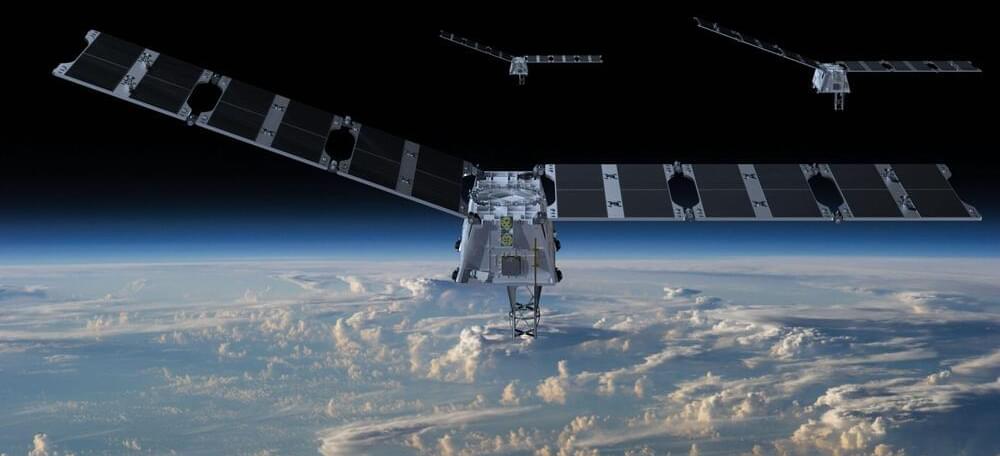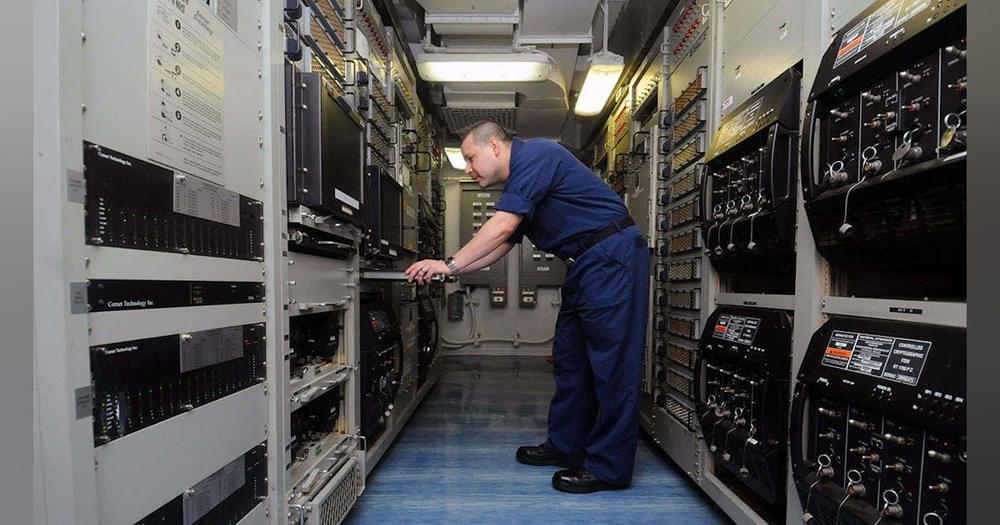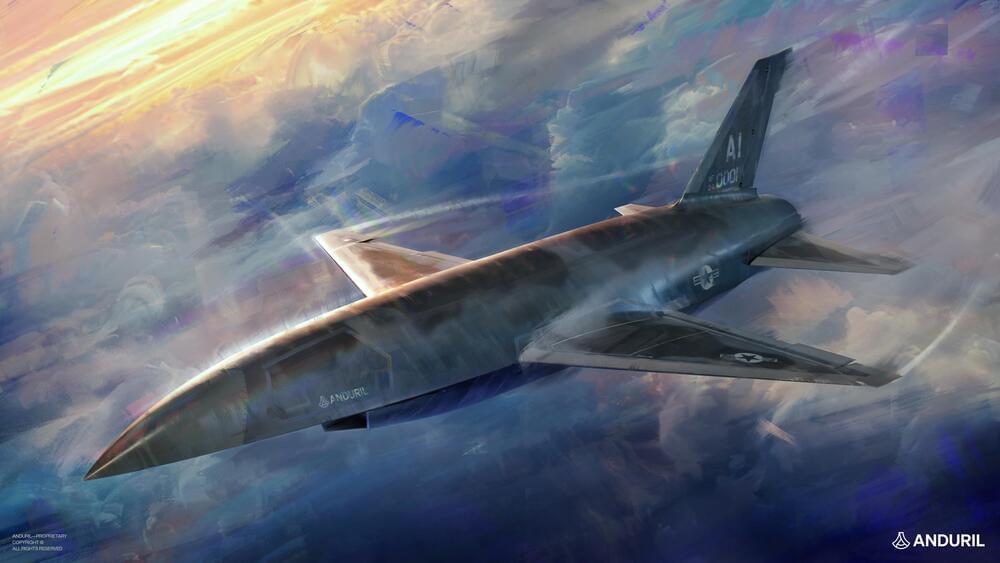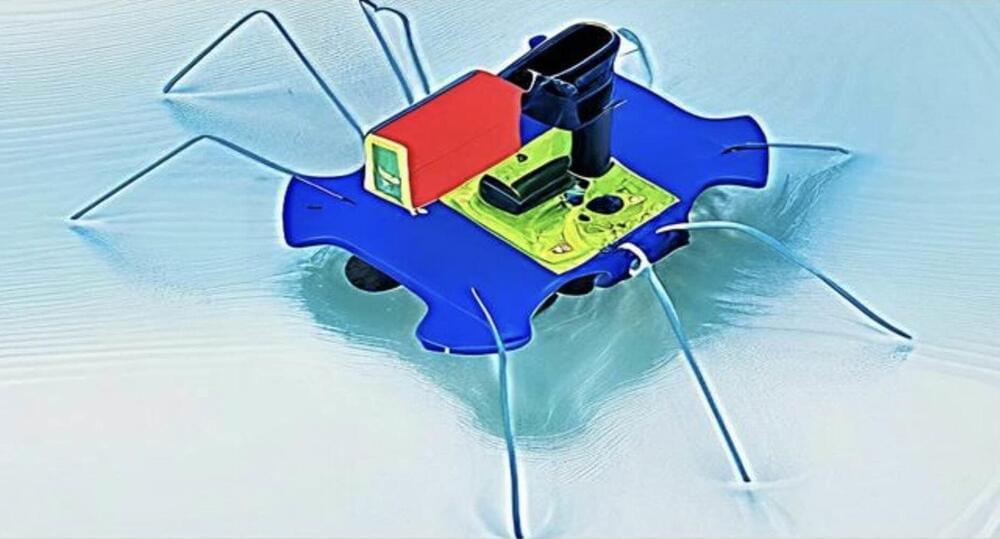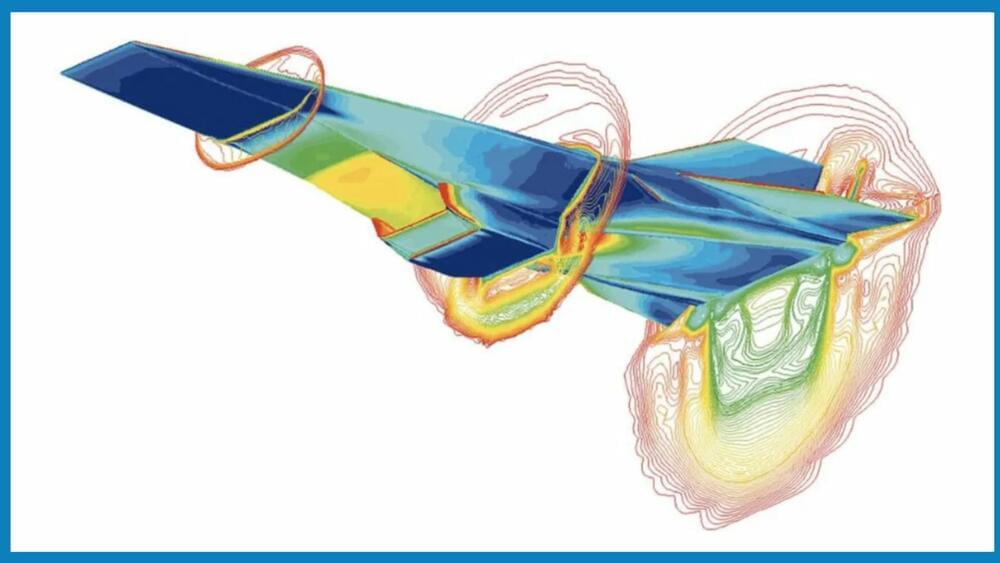WASHINGTON — Aerospace and defense contractor Sierra Nevada Corporation (SNC) is set to expand its radio frequency (RF) satellite constellation, aiming to capture a larger share of the market for electronic emissions data.
The company launched its first four RF sensing cubesats last year, built by Spire, marking its entry into this increasingly competitive field. SNC is now gearing up for a significant expansion, with plans to deploy a network of 20 satellites over the next five years.
Chris Morgan, SNC’s vice president, told SpaceNews the company sees a rising demand in the military sector for RF data, which can provide critical intelligence on activities like GPS jamming and enemy movements. The RF sensing market, he said, is also driven by commercial applications.
